Diphenylalanine Motif Drives Self-Assembling in Hybrid PNA-peptide Conjugates
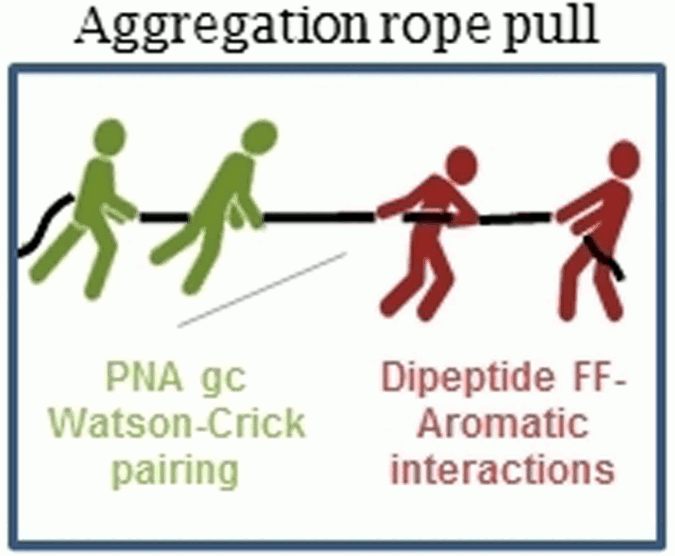
Peptides and nucleic acids can self-assemble to give supramolecular structures that find application in different fields, ranging from the delivery of drugs to the obtainment of materials endowed with optical properties. Forces that stabilize the “suprastructures” typically are hydrogen bonds
or aromatic interactions; in case of nucleic acids, Watson-Crick pairing drives self-assembly while, in case of peptides, backbone hydrogen bonds and interactions between aromatic side chains trigger the formation of structures, such as nanotubes or ribbons. Molecules containing both aromatic peptides and nucleic acids could in principle exploit different forces to self-assemble. In this work we meant to investigate the self-assembly of mixed systems, with the aim to understand which forces play a major role and determine formation/structure of aggregates. We therefore synthesized conjugates of the peptide FF to the peptide nucleic acid dimer “gc” and characterized their aggregates by different spectroscopic techniques, including NMR, CD and fluorescence.
doi.org/10.1002/chem.202102481

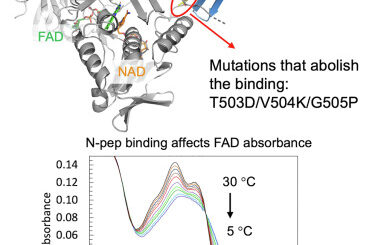
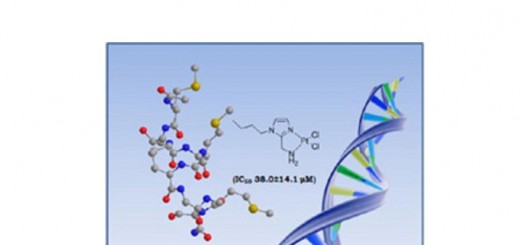
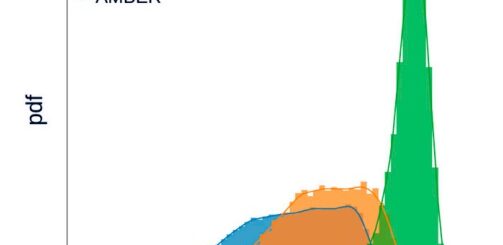

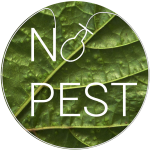


comments